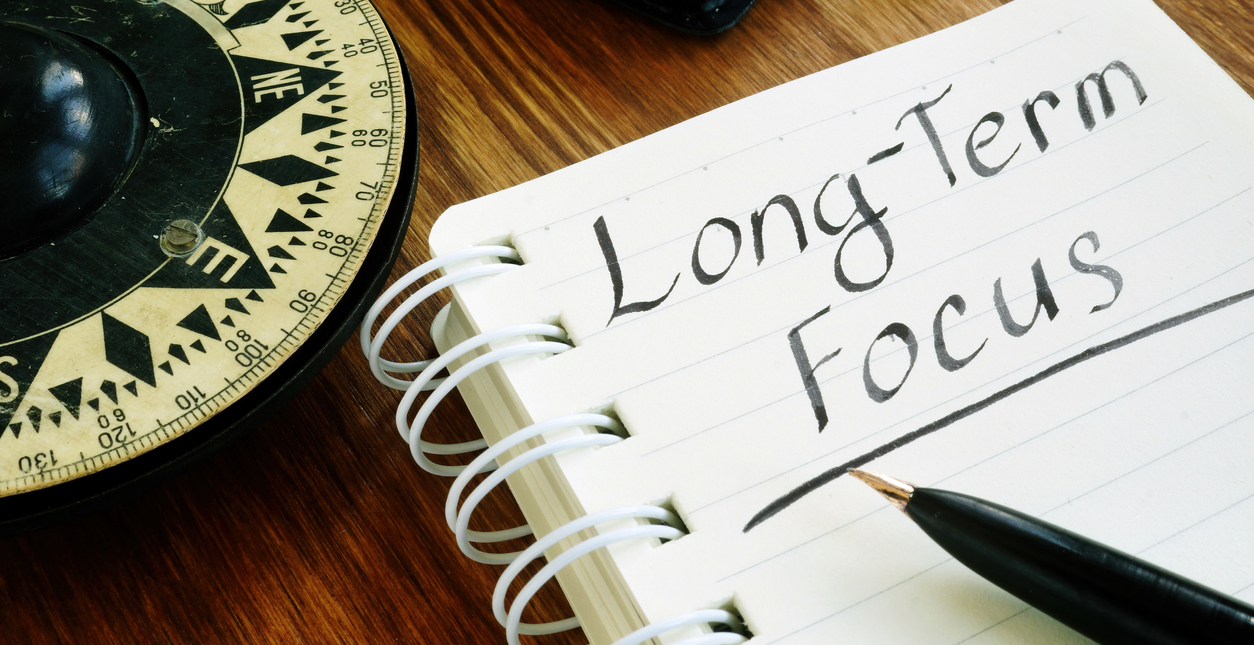Throughout the years, Warren Buffett has extolled the benefits of long-term investment. This year, the prophet from Omaha has yet again repeated his encouragement for long-term investing, originally extended in 2018. Here is an excerpt from his letter to investors:
“If my $114.75 had been invested in a no-fee S&P 500 index fund, and all dividends had been reinvested, my stake would have grown to be worth (pre-taxes) $606,811 on January 31, 2019 (the latest data available before the printing of this letter). That is a gain of 5,288 for 1.â€
Is The S&P 500 a Good Long-Term Investment?
There are many reasons why people decide to invest in the S&P 500, but here are 2 reasons why you should consider investing in it:
1. Investing In Products And Services
When you invest in the S&P 500, you invest in companies that sell products and services. This is in contrast to investing in non-productive assets such as precious metals, where the underlying investment thesis is the belief that in the future someone else might pay more for the asset. Companies generate revenue and profits that are reinvested or disbursed to investors that in turn generate future value.
2. No One Can Time The Market
Generally, no investor can consistently time the market. Oftentimes, human emotions get in the way of objective assessment of investing strategies, causing the investor to buy investments at a high price (due to fear of missing a rally in the market) and sell at a low price (due to fear of loss).
Because of these two factors, Buffett has recommended that the average investor invests for the long term.
How The Holding Period Length Affects ROI
Let’s run an exercise to show how the length of the holding period affects the probability of having a positive return. Imagine you are an investor that picks a random date from the past 40 years and invests some amount of money. You sell it exactly 4 years after you invested. Will you gain a positive return on investment (ROI)? What is the probability of having a positive ROI?
To determine this, we can run multiple scenarios using historical data. We can pick any date from the last 40 years, invest for 4 years, sell, and determine ROI (note that the calculation of ROI here does not take into account the effects of inflation and dividends). Since the ROI will be different depending on the start date, we repeat this exercise many times by changing the investment start date. We can then plot the distribution of the results to see how often you would have a positive ROI. This distribution outcome is shown in Figure 1 below.
Using data from the last 40 years, you can see that if you held your investments for 4 years, 85% of the time, your ROI would have been positive, and 15% of the time it would be negative.
Figure 1: ROI distribution for 4 year holding period
How Five Years Affects The Holding Period Return
We can repeat the same exercise above, but change the holding period to 5 years. The results are shown in Figure 2 below. By just holding investments for an additional year, a negative ROI only occurs 10% of the time (vs. 15% in the 4 year holding period). There are also more outcomes in the higher ROI range.
Figure 2: ROI distribution for 5 year holding period
How Twelve Years Affects The Holding Period Return
Again, the number of occurrences of negative ROI declines to 1%. As the holding period increases, investors are able to withstand and recover from recessions. There are more likely to have outcomes in the higher ROI range.
Figure 3: ROI distribution for 12 year holding period
Can Long-Term Holdings Decrease Negative ROI Outcomes?
We have run the different scenarios and have plotted the results below. As you increase the length of the investment, the number of outcomes that have negative ROI decreases significantly, from 15% if you hold for 4 years, to ~0% if you hold to 15 years (the ~0% does not mean that in 15 years you will be guaranteed a positive ROI. It means that, based on historical data, the probability of a negative ROI is quite small – again, note that we are not taking into account the effects of inflation in this analysis). All investments carry risks and no profit can be guaranteed.
Although long-term investments are generally beneficial for investors, it carries risks nonetheless: ‘Horizon and Longevity risk’. Horizon risk is the risk that your investment horizon is shortened because of an unforeseen event, for example, the loss of your job. This may force you to sell investments that you were expecting to hold for the long term. The implication is that if you must sell at a time that the markets are down, you may lose money. Longevity risk is the risk of outliving your savings. This risk is particularly relevant for people who are retired or are nearing retirement.
Note that the analysis presented here is based on historical data, so it is not a true predictor of future outcomes. However, we can gather from this analysis that even with the lack of ability to forecast the future, by investing with a long term horizon, an investor might be able to better withstand the detrimental effects of volatility, market downturn and bouts of recession, and more often than not, achieve a positive ROI.
Figure 4: Probability of negative ROI vs. Holding Period
Start Investing With Vested
Are you ready to start your long-term investments? Vested makes it easy to start investing in over 1,500 US stocks and ETFs using fractional share investing. Sign up and start building your investment portfolio today.
Source: Internal Vested Research; Yahoo! Finance






